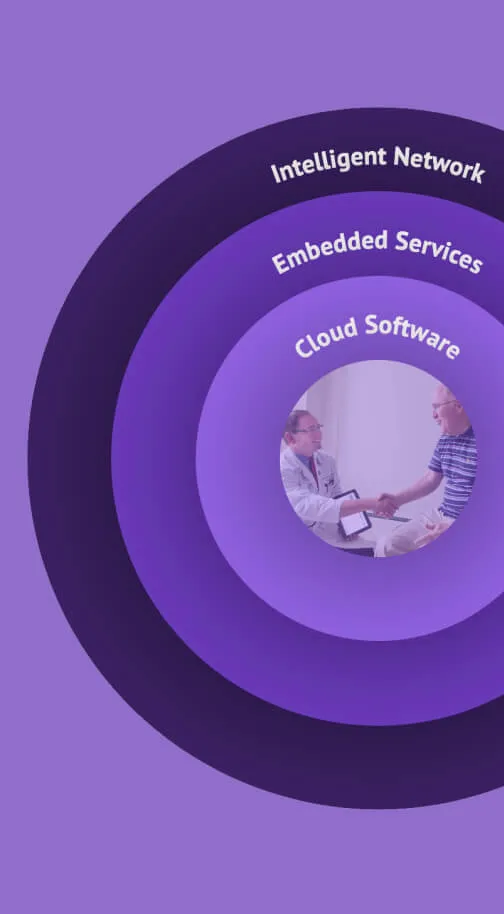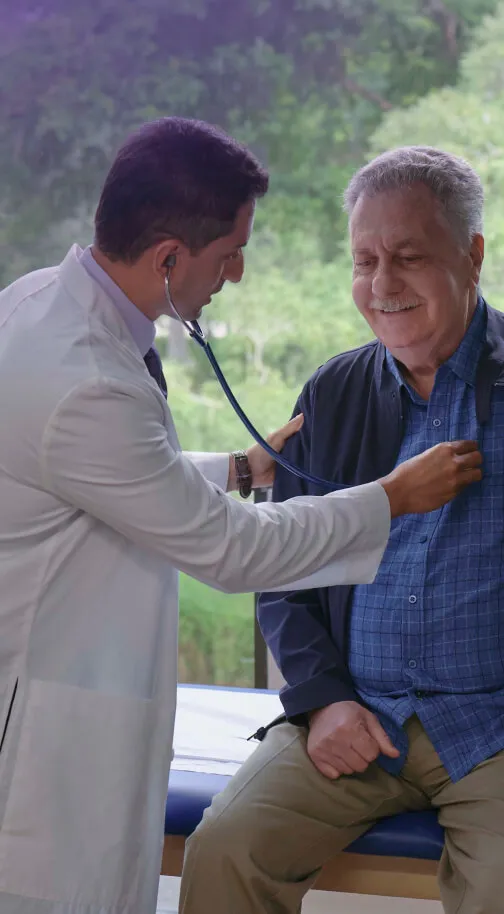Bringing the promise of interoperability to clinical practice

It’s a long-standing reality that healthcare has an “interoperability problem.” For almost as long as digital health technologies have existed, we’ve struggled to move data and information between systems of record.
There is, however, reason for optimism. The 21st Century Cures Act went into effect earlier this year, changing the landscape for information blocking and data liquidity. Investment in digital health companies reached record levels in 2020, a trend that has continued into 2021. Many of the recipients of these investor dollars are focusing on data sharing, especially as it pertains to the patient’s ability to assemble a comprehensive picture of their health history. It appears that the next few years could transform the conversation around interoperability, data sharing, and what it means to be part of a densely connected ecosystem.
So, what would a successful transformation look like? There are three characteristics that technology users should expect of this next phase of the healthcare ecosystem’s development.
1. Technology should provide open access to a broad variety of participants.
Openness is the most important characteristic of a thriving ecosystem — it’s what enables innovation to flourish, and it ensures a level playing field for all participants.
A thriving healthcare ecosystem makes it easy for new participants to join and for all participants to connect with one another. In fact, participants have incentives to connect with one another. Increasing the ease of connection will not only enable information to flow across the ecosystem, but also innovation. And as the diversity of participants increases, so does the value of the connections between them – and the information they carry.
2. Technology users should be able to integrate usable information from other tools and systems with minimal effort.
In an ideal world, healthcare information flows seamlessly between patients, clinicians, and payers, even if all those participants are using different tools to collect the data. Information would be absorbed and integrated, with a minimum of manual effort on anyone’s part. Unfortunately, much of the information that flows between participants in the healthcare ecosystem is limited in its immediate usability — it’s sent as a PDF, shunted to a separate tab, or both.
Let’s take the example of a doctor who receives a summary of care document about one of her patients, from a different EHR system. The clinician might have to look at the C-CDA on one screen, and then manually enter the information into the patient’s record in their system. That scenario is technically “interoperability.” But it’s also an agonizing waste of time for that doctor.
It’s not enough for patient information to simply be made available to another system. True interoperability requires change for both senders and receivers of information. Systems that send information to other systems have to do so in a format that can be integrated; systems that receive the information must be able to automatically integrate it directly into the appropriate workflows. This capability becomes important as patients receive care across a variety of sites (home, virtual, and others) that may or may not be operated by a single entity. In order to minimize the burden of reconstructing a patient’s story for both clinician and patient, information collected at any site should integrate into any provider’s system.
This urgency is intensified as the industry shifts to value-based reimbursement, particularly downside risk models. In those models, real-time information about cost, utilization, and quality is critical for success, and payers, clinicians, and patients need access to the same version of the same story.
3. Technology should prioritize information quality, relevance, and curation.
A thriving ecosystem for healthcare not only enables transmission of a large quantity of information but also has mechanisms to ensure that information is of high quality. In today’s healthcare ecosystem, the signal is often lost in the noise, especially for individual clinicians trying to piece together a patient’s story from hundreds of pages of cut-and-pasted notes.
We know that information overload is a driver of burnout for clinicians. Clinicians need tools that curate the most relevant information and take on some of the burden of sifting through vast quantities of data.
This is a critical capability now, when the primary demand for information sharing is between institutions of care — doctors, hospitals, pharmacies, other ambulatory sites of care, and payers. It becomes even more important as we start to see greater demand for integration of patient-generated health data from apps, personal health records, and connected devices.
And for patients, this capability will ensure that they have a reason to stay connected to the ecosystem. It could give them information on provider quality and cost; visibility into schedule availability; or guidance on the best resource for a particular health challenge, regardless of geographic location. As patients connect themselves to the healthcare ecosystem through a rapidly expanding app economy, they will be more likely to stay if they see immediate, personal value in the information they are receiving.
Ultimately, the winners in healthcare technology will be those that commit to eliminating barriers between different systems of care, rather than trying to isolate and control information in one system. They will focus on building products and businesses that work seamlessly with others, and that incorporate outside technology, content, and data into native workflows. They will curate that information for the exact needs of a specific end user and serve it up to that user at exactly the right time in exactly the right place. A thriving healthcare ecosystem forges the connections that ensure accessible, high-quality, and sustainable healthcare for all.
Jessica Sweeney-Platt is Vice President of Research and Editorial Strategy at athenahealth.












